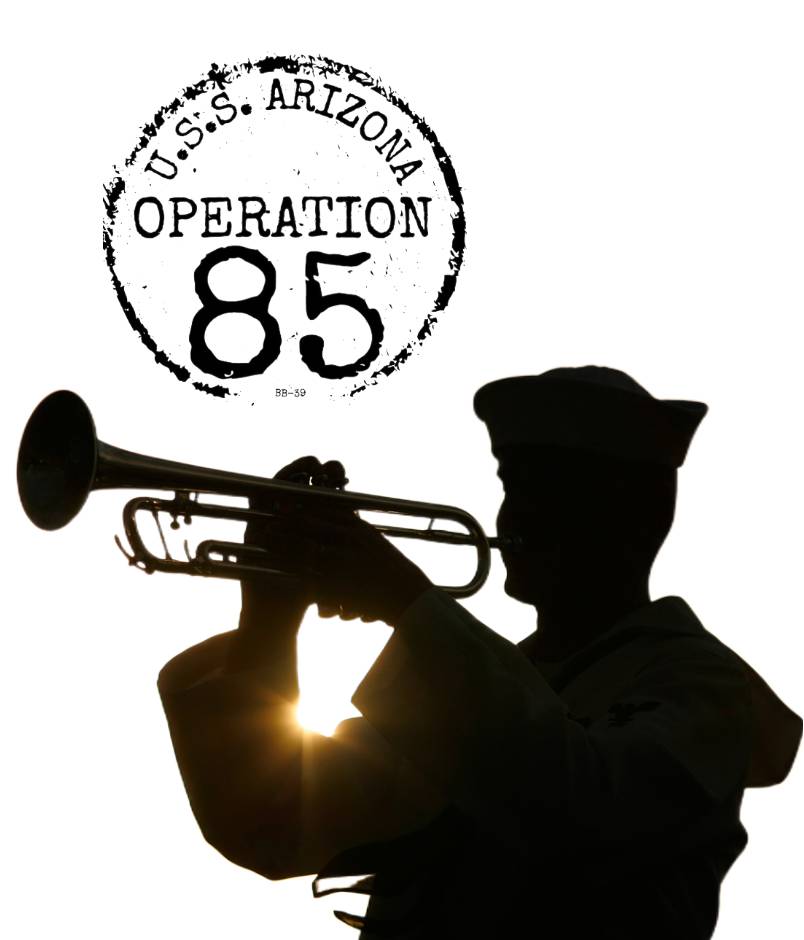
- Rank:
- Branch:
- Home Town:
- Date Of Birth:
- Disposition:
- Family DNA on File:
WO(PYCLK) Paxton Turner Carter
Edyth Carter said she did not need the government to tell her that her husband, Paxton Turner Carter, was killed on the U.S.S. Arizona at Pearl Harbor.
He wrote to her twice a week, and when the letters stopped, she knew, she told the Los Angeles Times.
Mr. Carter was a pay clerk and warrant officer on the battleship, a position to which he had been promoted from chief petty officer shortly before his death on Dec. 7, 1941.
Mr. Carter was born on Oct. 28, 1912 in Sumrall, Mississippi to Tobe C. Carter and Carrie Shedd Carter. His mother died in 1913, and U.S. Census records for 1920 and 1930 show him living with his paternal grandparents about 20 miles to the southeast in Hattiesburg in south central Mississippi. The 1930 record says he was a salesman for a newspaper.
His family moved to Klamath Falls, Oregon, in 1929 and he enlisted there in 1933. At the time of his death his wife, Edyth Benadom Carter, was living with her mother in Bell, California. The couple had married in September 1938.
The Arizona’s home port was at San Pedro, California, but starting in the spring of 1940 the battleship was frequently in Hawaii, then a U.S. territory. It returned to the West Coast in late September 1940 and didn’t return to Hawaii until late January 1941. In a letter to his sister Melissa the next month, Mr. Carter wrote: “We are now back with the Pacific Fleet – much to my sorrow. Sho do like that good ole U.S.A. – there’s no place like it and don’t you let any one tell you any difference.”
The church Mr. Carter attended in Hattiesburg, Mississippi, Court Street Methodist, wrote about him in its Dec. 21, 1941, program. “Paxton still regarded himself as a member of Court Street, where he attended as a boy,” and often came to a mid-week prayer service with an aunt, it said.
A survivor of the Arizona, Ralph Byard, said he and Mr. Carter had dinner in Honolulu the night before the attack and that he had invited his friend to spend the night ashore at his apartment instead of traveling back late. Mr. Carter declined. “He wanted to go back to the Arizona so that he could get up early in the morning and grade training courses for some of the crew members who were trying to advance in rate,” Mr. Byard told author Paul Stillwell, who interviewed him for the book Battleship Arizona: An Illustrated History.